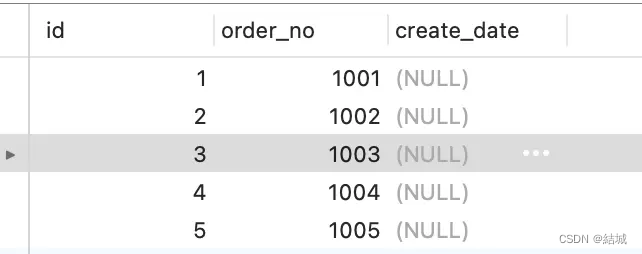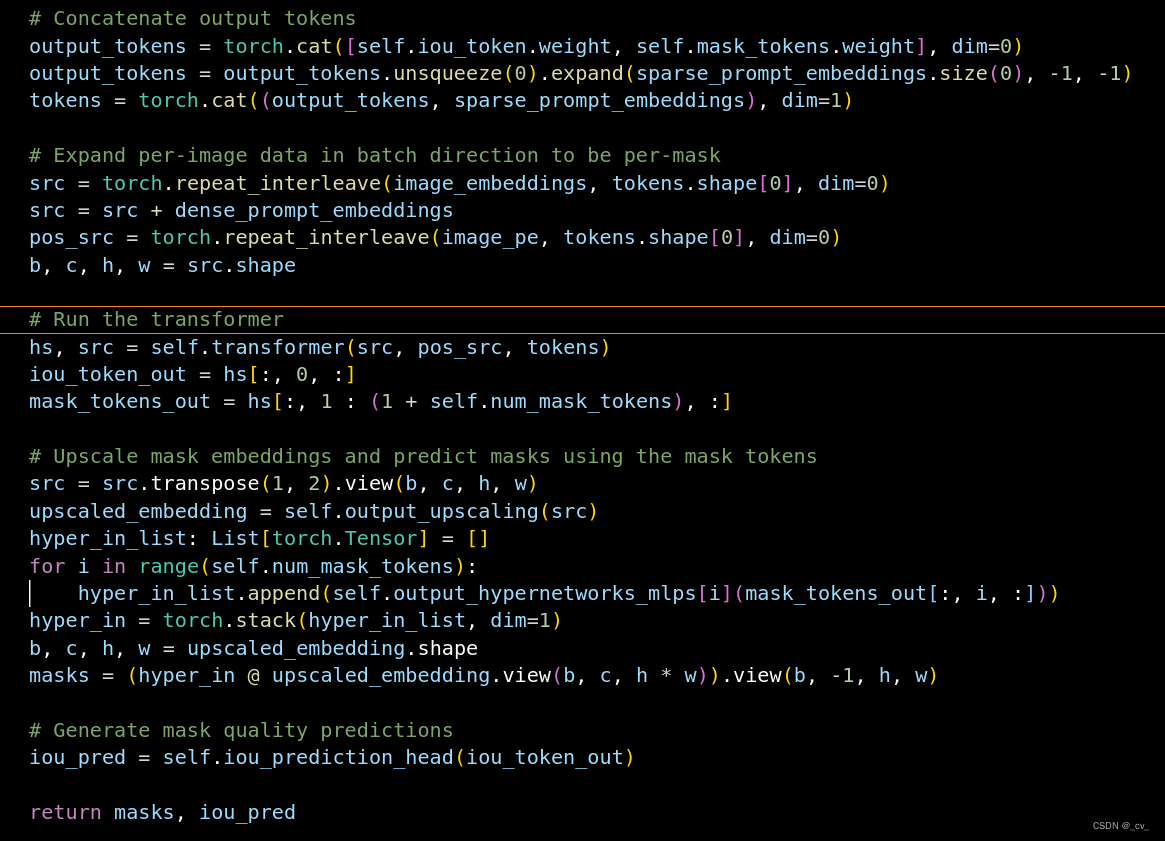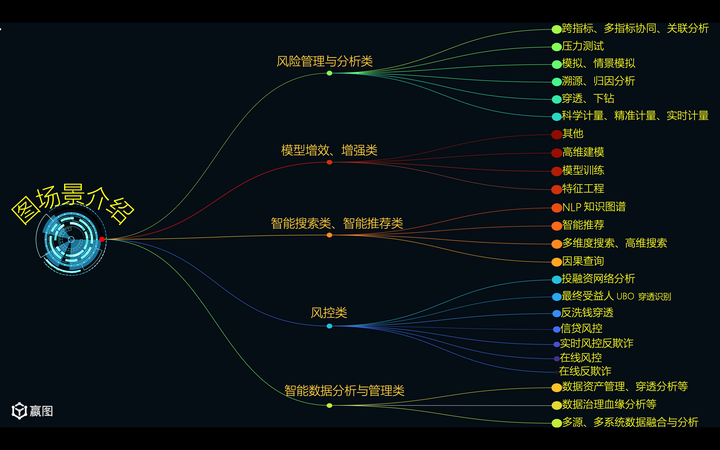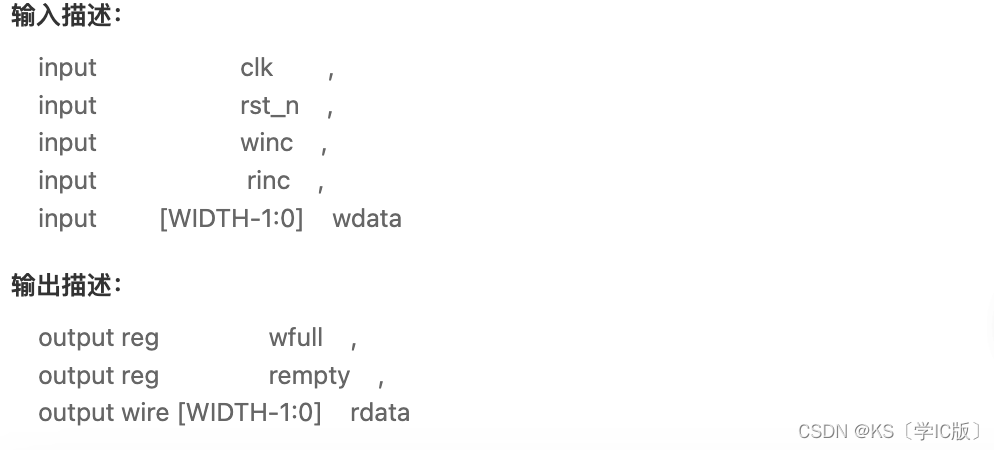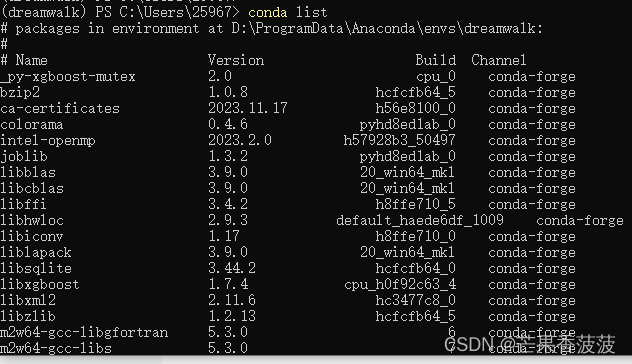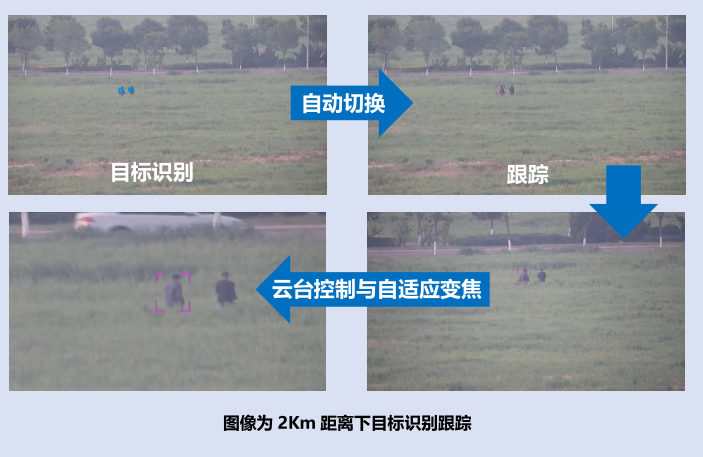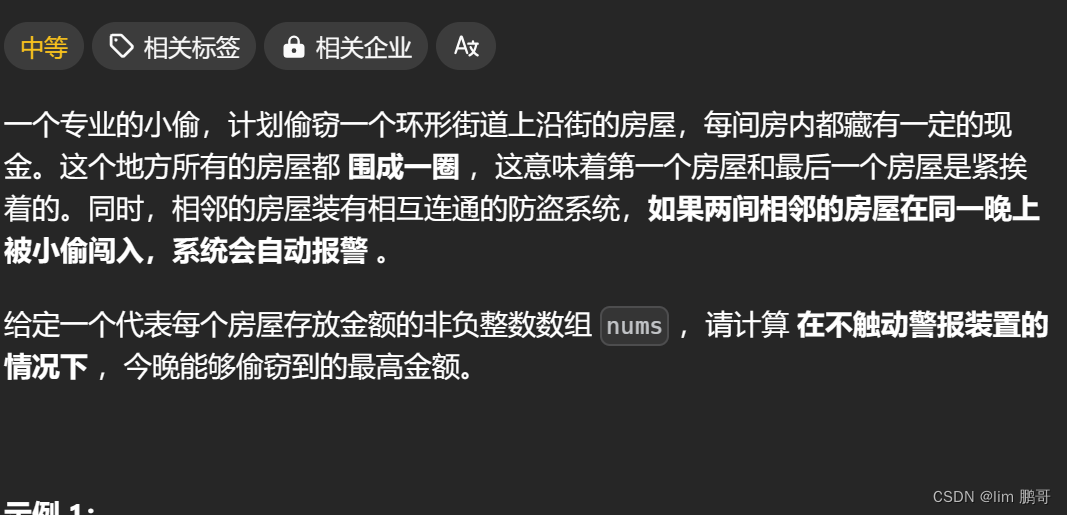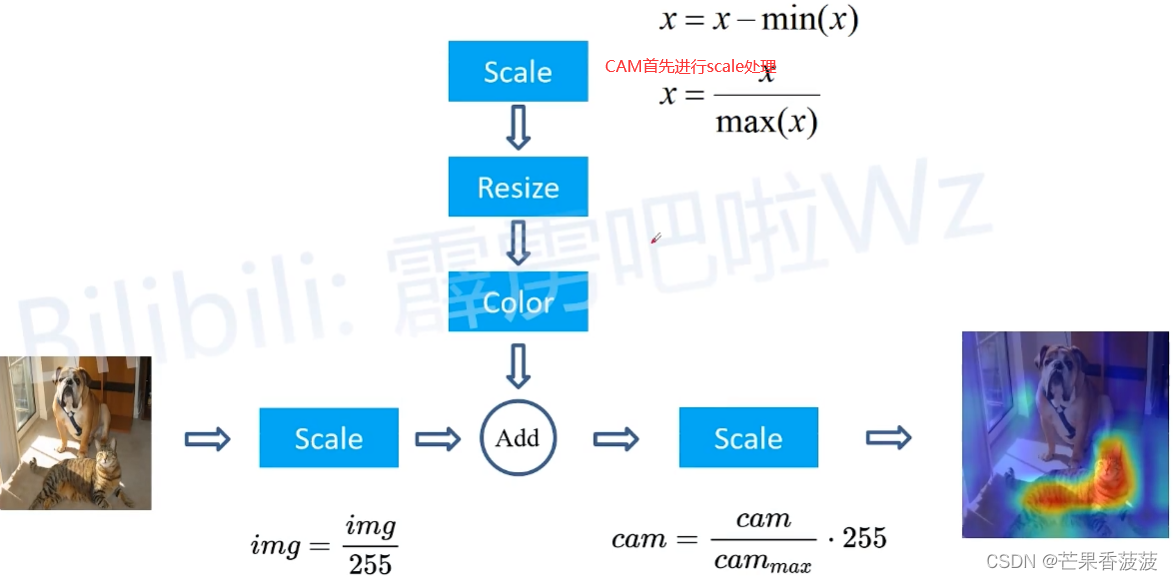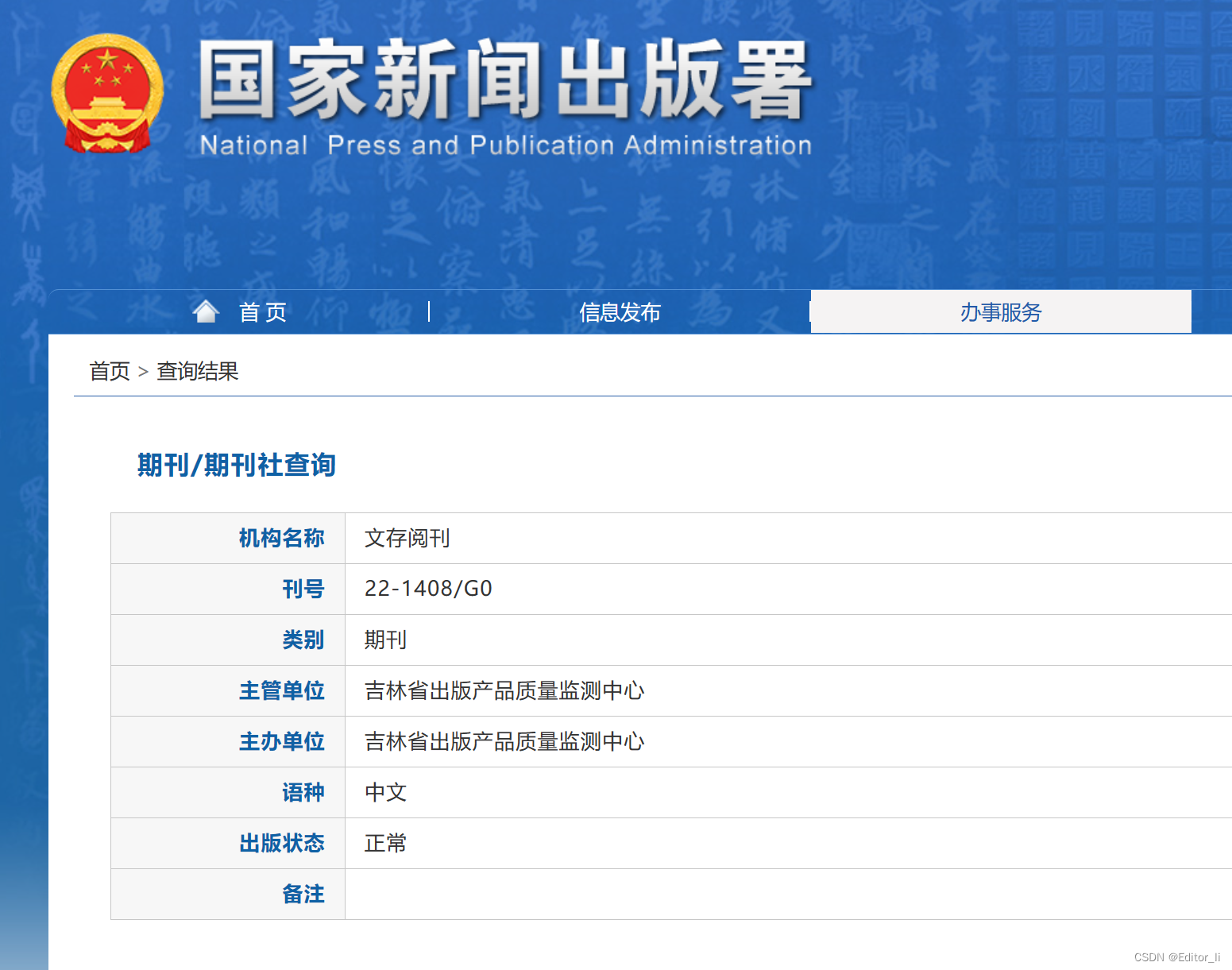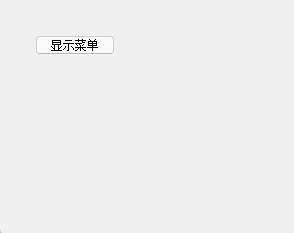ESP32移植u8g2库,实现oled界面显示
- 1. 简单描述
- 2. 环境准备
- 1. 硬件准备
- 2. 软件准备
- 3. IIC屏幕 【基于 ssd1362 + 256*64 】
- 4. SPI屏幕 【基于 ssd1306 + 128*32】
1. 简单描述
- 开发方式为 IDF5.0
- 参考连接为
iic基于esp-idf移植使用u8g2
spi基于esp-idf移植使用u8g2
2. 环境准备
1. 硬件准备
- 首先屏幕有两种通信方式:spi,iic
- 然后得知道你手上屏幕的型号和分辨率:
-
ssd1362 iic 淘宝连接

-
ssd1306 spi 淘宝连接

2. 软件准备
- 使用git下载好u8g2 下载连接
3. IIC屏幕 【基于 ssd1362 + 256*64 】
- 在idf里面新建 components 取名为 【u8g2】
- 将下载的u8g2文件下csrc文件按照文件类型排序,将h文件放在include,c文件直接放u8g2目录下。
u8g2
├─include
│ mui.h
│ mui_u8g2.h
│ u8g2.h
│ u8x8.h
└─根目录
mui.c
mui_u8g2.c
u8g2_bitmap.c
u8g2_box.c
u8g2_buffer.c
u8g2_button.c
u8g2_circle.c
u8g2_cleardisplay.c
u8g2_d_memory.c
u8g2_d_setup.c
u8g2_font.c
u8g2_fonts.c
u8g2_hvline.c
u8g2_input_value.c
u8g2_intersection.c
u8g2_kerning.c
u8g2_line.c
u8g2_ll_hvline.c
u8g2_message.c
u8g2_polygon.c
u8g2_selection_list.c
u8g2_setup.c
u8log.c
u8log_u8g2.c
u8log_u8x8.c
u8x8_8x8.c
u8x8_byte.c
u8x8_cad.c
u8x8_capture.c
[这中间有很多文件不需要拷贝]
u8x8_debounce.c
u8x8_display.c
u8x8_fonts.c
u8x8_gpio.c
u8x8_input_value.c
u8x8_message.c
u8x8_selection_list.c
u8x8_setup.c
u8x8_string.c
u8x8_u16toa.c
u8x8_u8toa.c
- 在下载的u8g2文件下csrc找到对应芯片的.c文件,比如我这就找到ssd1362,并放在我们的代码u8g2下
u8x8_d_ssd1362.c
- 修改 CMakeLists.txt ,注意最后是一个自己芯片.c文件
idf_component_register(SRCS "mui.c"
"mui_u8g2.c"
"u8g2_bitmap.c"
"u8g2_box.c"
"u8g2_buffer.c"
"u8g2_button.c"
"u8g2.c"
"u8g2_circle.c"
"u8g2_cleardisplay.c"
"u8g2_d_memory.c"
"u8g2_d_setup.c"
"u8g2_font.c"
"u8g2_fonts.c"
"u8g2_hvline.c"
"u8g2_input_value.c"
"u8g2_intersection.c"
"u8g2_kerning.c"
"u8g2_line.c"
"u8g2_ll_hvline.c"
"u8g2_message.c"
"u8g2_polygon.c"
"u8g2_selection_list.c"
"u8g2_setup.c"
"u8log.c"
"u8log_u8g2.c"
"u8log_u8x8.c"
"u8x8_8x8.c"
"u8x8_byte.c"
"u8x8_cad.c"
"u8x8_capture.c"
"u8x8_debounce.c"
"u8x8_display.c"
"u8x8_fonts.c"
"u8x8_gpio.c"
"u8x8_input_value.c"
"u8x8_message.c"
"u8x8_selection_list.c"
"u8x8_setup.c"
"u8x8_string.c"
"u8x8_u16toa.c"
"u8x8_u8toa.c"
"u8x8_d_ssd1362.c"
INCLUDE_DIRS "include"
REQUIRES driver
REQUIRES freertos)
-
在u8g2_d_setup.c文件找到对应函数,注释掉所有函数只留这个,别忘了不注释
#include "u8g2.h"

-
再通过上面函数中的函数
u8g2_m_32_8_f(&tile_buf_height);跳转到u8g2_d_memory.c文件注释其他函数
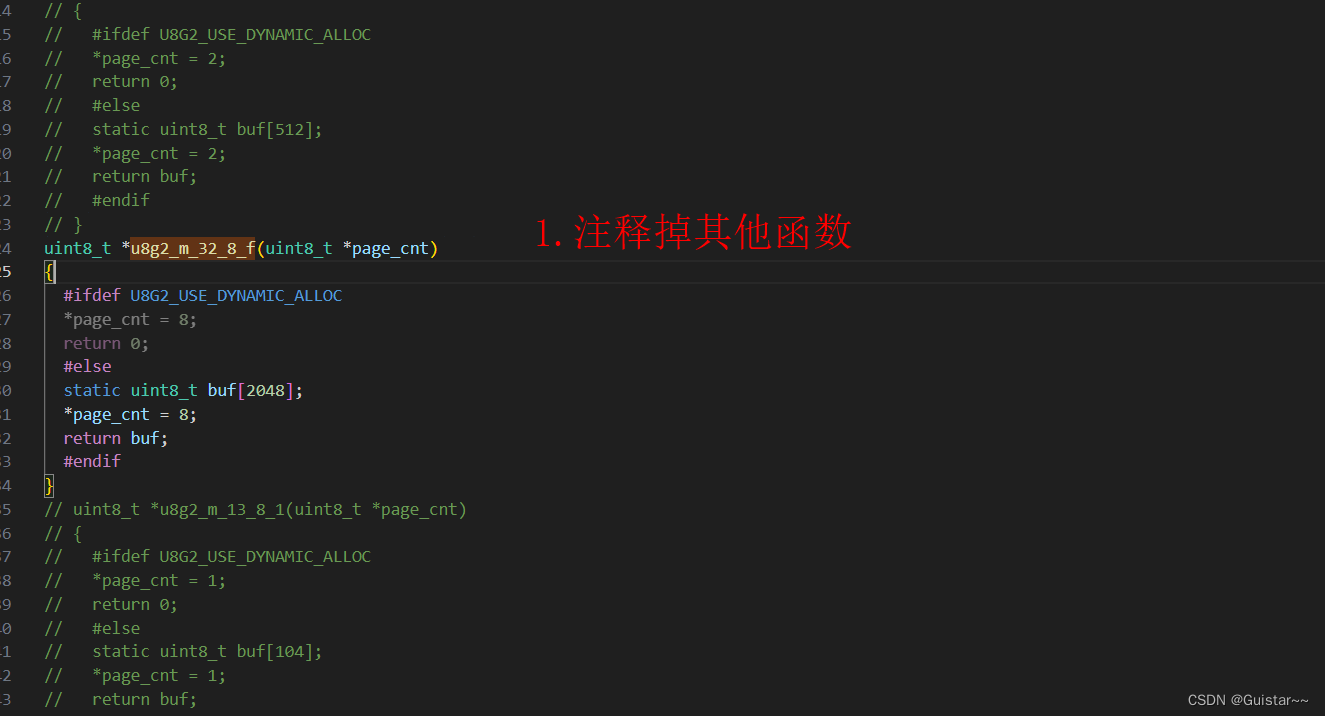
- 将u8g2/u8g2.c文件内容替换如下
#include <stdio.h>
#include "driver/spi_master.h"
#include "freertos/FreeRTOS.h"
#include "freertos/task.h"
#include "driver/gpio.h"
#include "unistd.h"
#include "string.h"
#include "stdlib.h"
#include "esp_log.h"
#include "driver/i2c.h"
#include "u8g2.h"
#include "u8x8.h"
#define I2C_SCL_IO GPIO_NUM_17
#define I2C_SDA_IO GPIO_NUM_9
#define ACK_CHECK_EN 0x1
#define WRITE_BIT I2C_MASTER_WRITE
static const char *TAG = "u8g2";
static __inline void delay_clock(int ts)
{
uint32_t start, curr;
__asm__ __volatile__("rsr %0, ccount" : "=r"(start));
do
__asm__ __volatile__("rsr %0, ccount" : "=r"(curr));
while (curr - start <= ts);
}
#define delay_us(val) delay_clock(240 * val)
#define delay_100ns(val) delay_clock(24 * val)
i2c_config_t i2c_config = {
.mode = I2C_MODE_MASTER, // 主机模式
.sda_io_num = I2C_SDA_IO, // sda i引脚编号
.scl_io_num = I2C_SCL_IO, // scl 引脚编号
.sda_pullup_en = GPIO_PULLUP_ENABLE, // 上拉使能
.scl_pullup_en = GPIO_PULLUP_ENABLE, // 上拉使能
.master.clk_speed = 900000 // 100k
};
static void _oled_i2c_init(void)
{
ESP_LOGE(TAG, "u8g2 init start");
i2c_param_config(I2C_NUM_1, &i2c_config);
i2c_driver_install(I2C_NUM_1, I2C_MODE_MASTER, 0, 0, 0);
ESP_LOGE(TAG, "u8g2 init end");
}
void esp32_i2c_write(uint8_t addr, uint32_t idx, uint8_t *data)
{
i2c_cmd_handle_t handler = i2c_cmd_link_create();
i2c_master_start(handler);
i2c_master_write_byte(handler, addr | WRITE_BIT, ACK_CHECK_EN);
i2c_master_write(handler, data, idx, 2);
i2c_master_stop(handler);
i2c_master_cmd_begin(I2C_NUM_1, handler, 100 / portTICK_PERIOD_MS);
i2c_cmd_link_delete(handler);
}
// u8g2用到的系统资源
uint8_t u8x8_gpio_and_delay(u8x8_t *u8x8, uint8_t msg, uint8_t arg_int, void *arg_ptr)
{
switch (msg)
{
case U8X8_MSG_GPIO_AND_DELAY_INIT:
_oled_i2c_init(); // 调用iic初始化
break;
case U8X8_MSG_DELAY_MILLI:
vTaskDelay(arg_int);
break;
default:
return 0;
}
return 1;
}
// u8g2用到的显示屏控制接口
uint8_t u8x8_byte_i2c(u8x8_t *u8x8, uint8_t msg, uint8_t arg_int, void *arg_ptr)
{
static uint8_t buffer[32]; /* u8g2/u8x8 will never send more than 32 bytes between START_TRANSFER and END_TRANSFER */
static uint8_t buf_idx;
uint8_t *data;
switch (msg)
{
case U8X8_MSG_BYTE_SEND:
data = (uint8_t *)arg_ptr;
while (arg_int > 0)
{
buffer[buf_idx++] = *data;
data++;
arg_int--;
}
break;
case U8X8_MSG_BYTE_INIT:
/* add your custom code to init i2c subsystem */
break;
case U8X8_MSG_BYTE_SET_DC:
/* ignored for i2c */
break;
case U8X8_MSG_BYTE_START_TRANSFER:
buf_idx = 0;
break;
case U8X8_MSG_BYTE_END_TRANSFER:
esp32_i2c_write(u8x8_GetI2CAddress(u8x8), buf_idx, buffer);
break;
default:
return 0;
}
return 1;
}
void u8g2Init(u8g2_t *u8g2)
{
u8g2_Setup_ssd1362_i2c_256x64_f(u8g2, U8G2_R2, u8x8_byte_i2c, u8x8_gpio_and_delay); // 初始化 u8g2 结构体
u8g2_InitDisplay(u8g2); // 根据所选的芯片进行初始化工作,初始化完成后,显示器处于关闭状态
u8g2_SetPowerSave(u8g2, 0); // 打开显示器
u8g2_ClearBuffer(u8g2);
u8g2_SendBuffer(u8g2); // 清屏
ESP_LOGI(TAG, "u8g2 init done");
}
- 在u8g2.h文件最近添加声明
void u8g2Init(u8g2_t *u8g2);
- 将
main.c代码改为如下
#include "u8g2.h"
#include "u8x8.h"
static u8g2_t u8g2;
void oled_init()
{
u8g2Init(&u8g2);
}
void showmain()
{
u8g2_ClearBuffer(&u8g2);
u8g2_SendBuffer(&u8g2); // 清屏
u8g2_SetFont(&u8g2, u8g2_font_spleen32x64_me); // 设置英文字体
u8g2_DrawStr(&u8g2, 64, 64, "1000");
u8g2_DrawStr(&u8g2, 192, 64, "KG");
u8g2_SendBuffer(&u8g2);
}
void showmain2()
{
u8g2_ClearBuffer(&u8g2);
u8g2_SendBuffer(&u8g2); // 清屏
u8g2_SetFont(&u8g2, u8g2_font_wqy16_t_gb2312b); //
u8g2_DrawUTF8(&u8g2, 32, 32, "总重量");
u8g2_SendBuffer(&u8g2);
}
void app_main(void)
{
oled_init(); // INIT
showmain();
showmain2();
while (1)
{
vTaskDelay(1000 / portTICK_PERIOD_MS);
}
}



